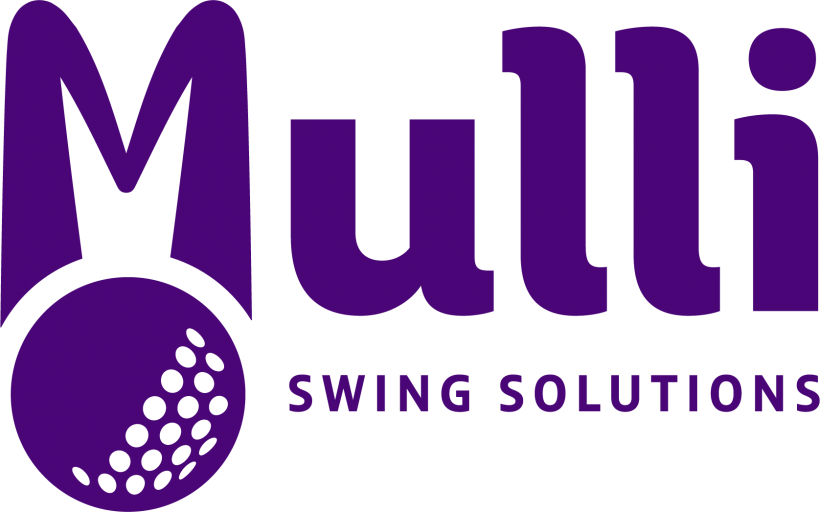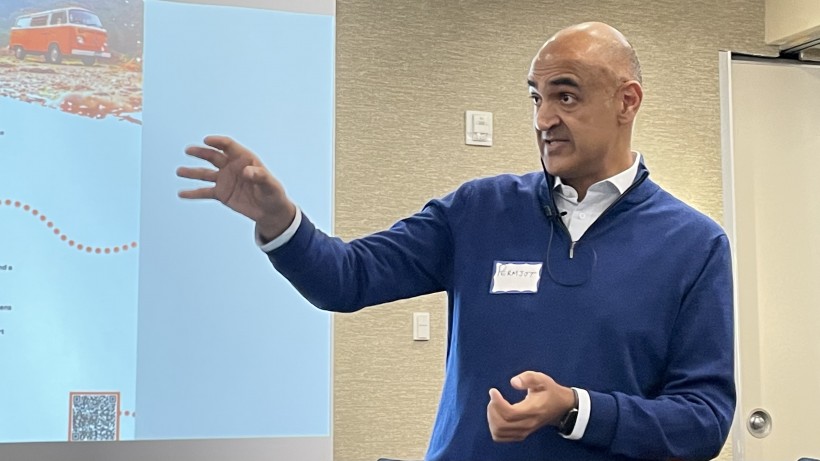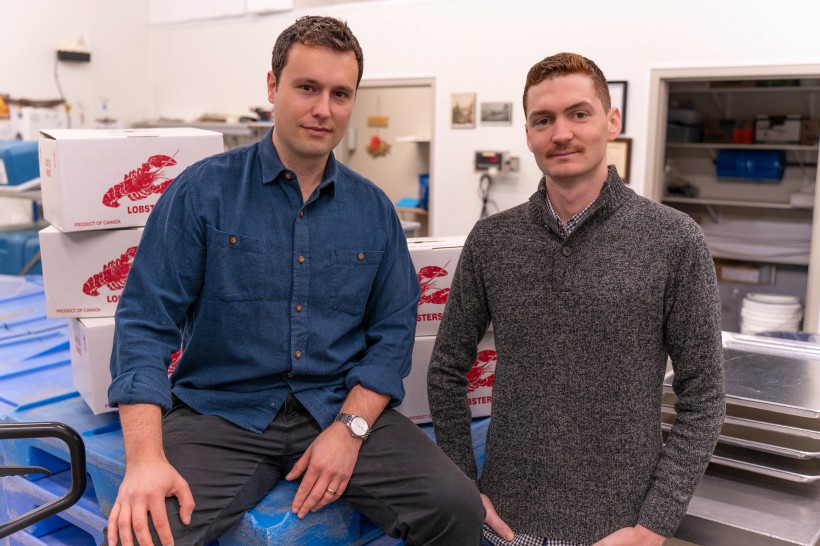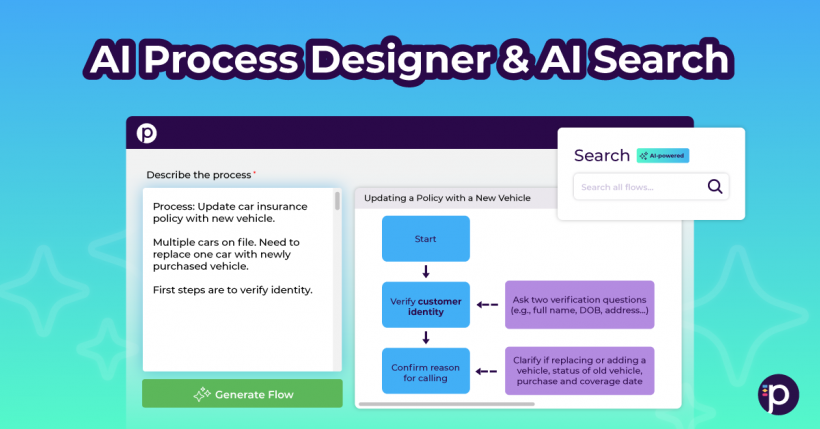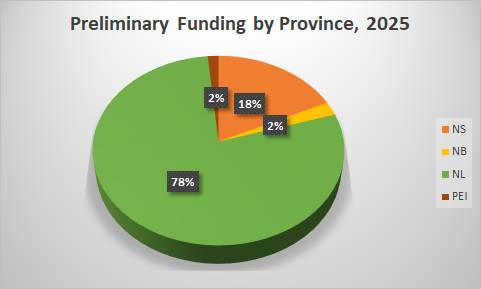Entrepreneurs and investors converged on Sydney this week for Bring It Together, Navigate Startup House’s inaugural “reverse pitch event.”
Founders who have already raised capital delivered the pitches they used during recent funding rounds, and investors explained why they bought in. The event was moderated by Danielle Strachman, founder of the San Francisco-based 1517 Fund and a former senior advisor to venture capitalist Peter Thiel’s eponymous fellowship for young entrepreneurs.
MC Permjot Valia, an innovation economy veteran who serves on the boards of Halifax’s Aurea Technologies and Bluelight Analytics, described the purpose of the event as being to offer ecosystem players insight into venture capitalists’ decision-making processes.
Here are four key takeaways:
Aim for Product-Market Fit, Not Just Market Acceptance
Early-stage founders often declare themselves to have found product-market fit when what they have actually achieved is “market acceptance,” according to Teruel Carrasco, president of Valhalla Private Capital and an investor in Halifax-based Bright.
He and Bright CEO David Howe said founders often describe themselves as having found product-market fit when they arrive at an offering the market is willing to buy. Carrasco, though, favours a higher bar; he believes the best signal of product-market fit is exponential sales growth.
Howe founded Bright, originally called Cribcut, in 2017. But he believes he only recently found true product-market fit, thanks to a pivot from on-demand hair-cutting services to a SaaS business that offers online workout classes short enough for a work break.
For investors, Carrasco said, a founder’s decision to pivot is not a red flag, so long as the entrepreneur can make a cogent business case for their decision.
“I expect an early-stage entrepreneur to have the ability to understand the art and science of the pivot,” he said.
“I need to understand the rationale and the reasons behind it, if there's a good business case for it and if that pivot is consistent with the overall objective (of the company).”
On Hardware, Execution Creates Defensibility
Among the predominantly information technology-related startups pitching, one company was notable for its focus on a physical product: Aurea Technologies.
Aurea makes portable wind turbines for hikers and soldiers who need to charge devices like cell phones, radios and lights when they're miles from an electrical grid.
Chief Executive Cat Adalay and her investors highlighted the unique challenges of operating a startup focused on physical technology, including added design hurdles and supply chain bugbears. (Disclosure: Cat Adalay is the daughter of the owners of Entrevestor.)
But those same obstacles can also make a business more defensible. The years a startup like Aurea must spend developing its products mean would-be competitors face high barriers to entry in the market.
“We often tell founders that, early on, you’re not rich enough for justice,” said moderator Strachman. “If someone does steal what you’re doing, and break it apart … you don’t have the money to go after them in a lawsuit.
“But if you’ve made something truly extraordinary, where they take it apart and you say, ‘Good luck to you. Adios,’ you don’t have to defend the patent because you’ve built something that others can’t copy.”
Build Relationships, Not Cold-Call Lists
Patrick Hankinson, general partner at Halifax’s Concrete Ventures and an investor in Aurea, originally passed on the deal.
At the time, Aurea had not yet pivoted to build portable wind turbines and was instead eyeing industrial-scale wind power generation via turbines mounted on buildings. But when Adalay and her team switched focus to their current product, he was won over.
And when Hankinson bought into Cape Breton-based cybersecurity company Carbide, it was despite having turned down an opportunity to invest in CEO Darren Gallop’s previous company.
The lesson of those deals, according to Hankinson and Build Ventures’ Rob Barbara, is that entrepreneurs can unlock significant funding opportunities by developing and maintaining relationships with venture capitalists, rather than simply cold-calling them during raises.
“When an investor does say no, still try to build up a relationship with them,” said Hankinson. “And at least they’ll hopefully be able to provide you feedback as time goes on.
“And in this case, you can see it paid off to still have those conversations with investors.”
Don't Delay on Due Dilligence
Once an investor agrees to back a company, entrepreneurs must still be wary of stumbling blocks during the negotiation and due diligence process.
The details of terms sheets are a common source of strife between founders and VCs, according to Robert Cowan, a McInnes Cooper partner who advises innovation-driven companies. Who serves on a startup’s board, for example, is often a question that creates tension with financial backers.
Resolving those disagreements often hinges on an entrepreneur’s negotiating skills. But a far simpler problem to head off is confusion in the “due diligence room” — the shared drive or digital storage space where a startup provides financial documents and other information to investors during the due diligence process.
Venture capitalists often demand long, detailed disclosures according to multi-page lists of requirements. Some useful first steps to meeting those demands, though, are good record-keeping practices and a methodical and transparent approach by founders. Cowan and fellow McInnes Cooper lawyer Amanda Smith Hatt advised founders to retain any documents related to the ownership of a company and prepare their due dilligence materials well in advance of actually raising capital.
“The first reaction is to panic when you see that list,” said Valia, who was interviewing Cowan. “And then you’ve just got to breathe, relax. Sometimes, you’ve already got it and it’s just called something else, for example.”





